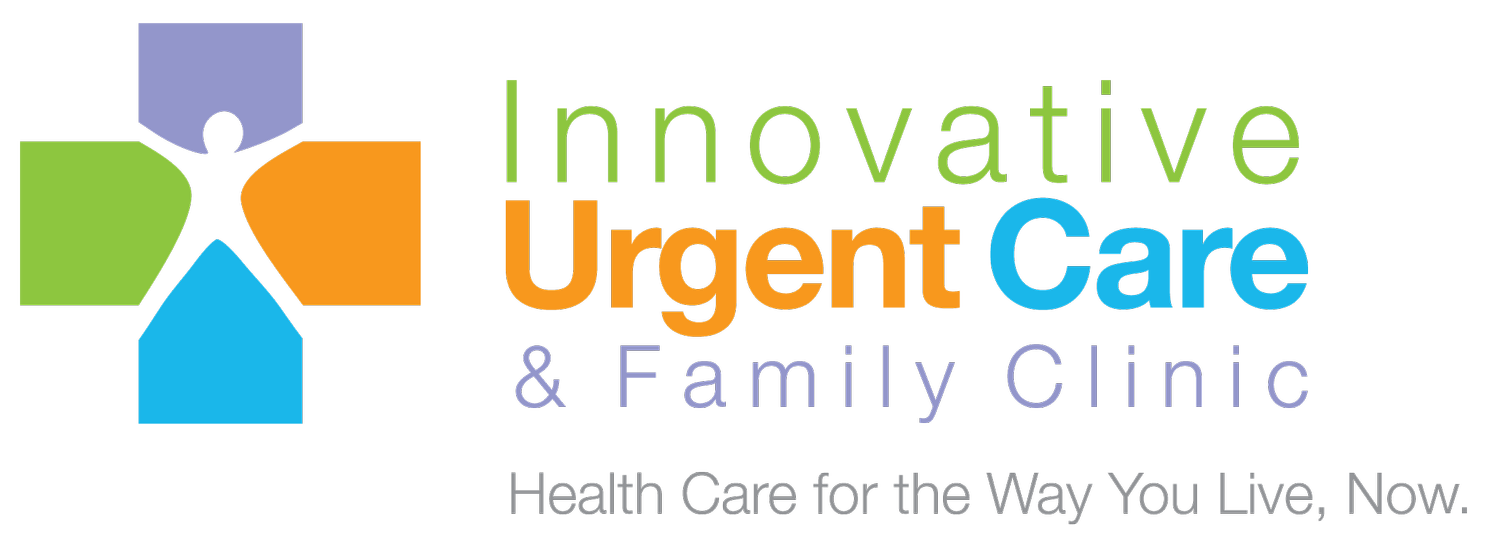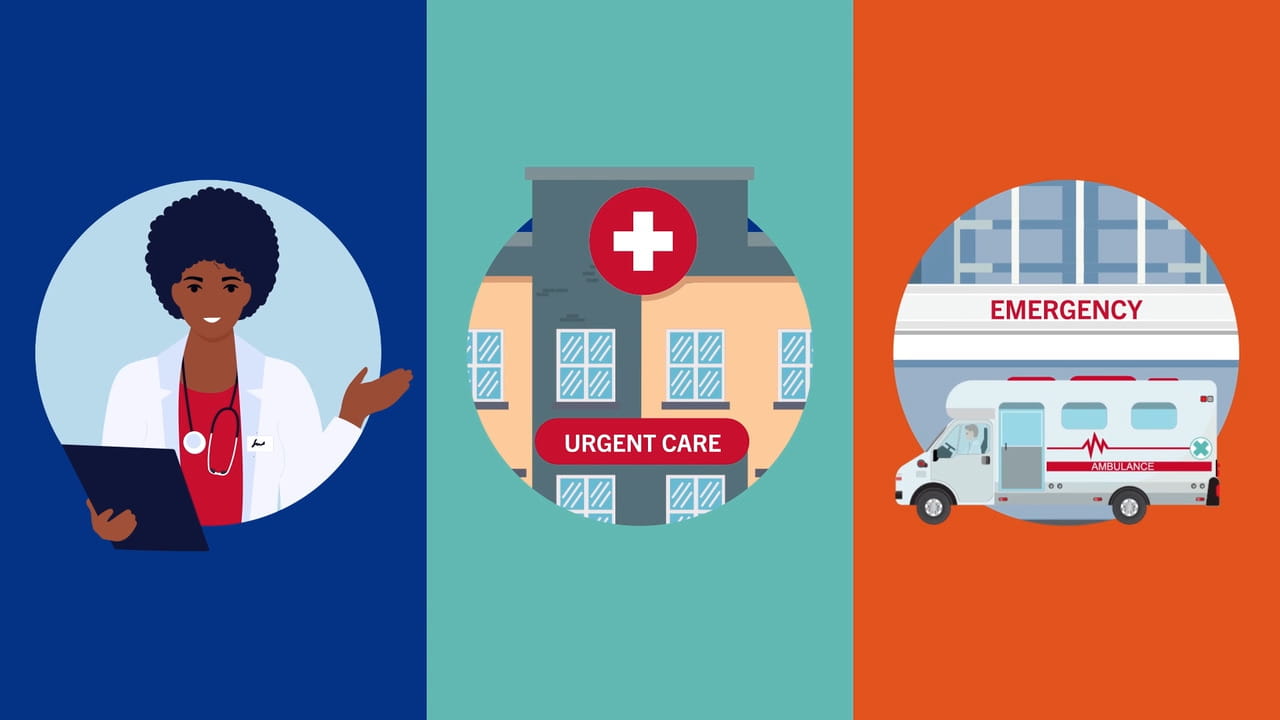A Comprehensive Guide to Using Urgent Care Prompt Treatment of Usual Ailments and Ailments
Urgent treatment facilities play a pivotal role in the healthcare landscape, providing a vital choice for people looking for timely treatment for non-life-threatening problems. With their prolonged hours and walk-in schedule, these facilities satisfy usual ailments such as breathing infections and small injuries, supplying prompt evaluations and effective treatment. Understanding when to use these services properly can considerably affect client outcomes and health care expenses. What remains to be explored are the certain problems that necessitate a check out to urgent care and the benefits of selecting this alternative over standard emergency situation solutions.
Recognizing Urgent Care Solutions
 Urgent care services give a vital bridge between key treatment and emergency situation departments, attending to an array of non-life-threatening problems that require immediate attention. These facilities use prolonged hours and usually run without the need for a visit, making them an available option for individuals experiencing unexpected medical issues beyond regular office hours.
Urgent care services give a vital bridge between key treatment and emergency situation departments, attending to an array of non-life-threatening problems that require immediate attention. These facilities use prolonged hours and usually run without the need for a visit, making them an available option for individuals experiencing unexpected medical issues beyond regular office hours.
In enhancement to treating immediate conditions, many facilities provide diagnostic solutions, such as X-rays and lab testing, which streamline person care and facilitate quicker medical diagnoses. Comprehending how to successfully utilize immediate treatment services can cause improved wellness outcomes, as people receive the essential treatment quickly without frustrating health care service providers or emergency situation solutions. This model improves the general performance of the healthcare system, making sure that patients receive proper treatment in a timely manner.
Typical Conditions Dealt With
A large array of typical conditions can be efficiently taken care of at immediate care centers, making them a convenient choice for people looking for instant clinical focus. These facilities are outfitted to handle a variety of non-life-threatening problems that need timely therapy.
Among one of the most regularly dealt with conditions are respiratory infections, including colds, influenza, and bronchitis. Urgent care centers also address minor injuries, such as fractures, strains, and pressures, offering necessary treatment and stabilization. Furthermore, skin disease like rashes, insect attacks, and small burns are frequently examined and treated.
Intestinal issues, including nausea or vomiting, throwing up, and looseness of the bowels, typically prompt visits to immediate treatment, especially when symptoms are acute. Immediate care companies can also manage urinary system tract infections and other non-emergency disorders. In addition, people can obtain vaccinations and precautionary care services, such as influenza shots and take a trip immunizations, making immediate care an available resource for total health and wellness maintenance.
## When to Go To Urgent Care
Recognizing when to check out an immediate care center can considerably enhance the performance of your health care experience. Immediate care centers are designed to supply prompt attention for non-life-threatening problems that require timely clinical intervention. Typical reasons to seek treatment at an urgent care facility include small injuries, such as cracks, stress, and sprains, in addition to severe ailments like the flu, strep throat, or urinary system tract infections.
Additionally, urgent treatment is appropriate for conditions that display getting worse symptoms but are not severe enough for an emergency space go to. Persistent vomiting, dehydration, or severe pain that necessitates fast focus can all be effectively managed in this setup.
It is you can try this out vital to distinguish between urgent treatment and emergency situation treatment; the last is scheduled for lethal scenarios, consisting of breast pain, serious bleeding, or loss of consciousness. Understanding these distinctions not only improves your healthcare journey but also reduces the concern on emergency situation services. By analyzing the necessity of your problem precisely, you can ensure timely and ideal healthcare, enabling a quicker recuperation and enhanced wellness end results.
What to Anticipate During Your Check Out
Throughout your visit to an urgent treatment center, you can expect a structured process designed to resolve your medical requirements effectively. Upon arrival, you will commonly sign in at the reception workdesk, where you will certainly give your individual information, insurance coverage details, and a short description of your signs and symptoms. This preliminary step is critical for ensuring that your case is prioritized appropriately.
Complying with check-in, you may be asked to complete a medical history form, detailing any kind of pre-existing problems or drugs you are currently taking. Once your documents is total, a triage nurse will analyze your problem and identify the necessity of your circumstance. This assessment will assist direct the speed at which you obtain care.
After triage, you will certainly be here are the findings seen by a doctor, who will certainly conduct an extensive exam and discuss your signs and symptoms carefully. Relying on your diagnosis, the service provider may buy examinations, suggest medications, or recommend follow-up care. Throughout your browse through, urgent care team will intend to maintain you notified about your therapy strategy and any essential next steps, making sure a favorable person experience.

Advantages of Selecting Urgent Care
Urgent care centers provide a range of benefits that cater to patients seeking immediate clinical focus for non-life-threatening conditions. One of the key benefits is ease of access; several immediate care centers run prolonged hours, consisting of weekends and evenings, permitting individuals to get treatment when conventional workplaces are closed.
In addition, immediate treatment facilities are generally outfitted to take care of a range of common ailments, such as minor injuries, infections, and health problems, without the requirement for a visit. This benefit is particularly useful for individuals with active schedules or those who can not await a health care go to.
Additionally, urgent treatment solutions tend to be a lot more cost-efficient than emergency situation space check outs, with reduced costs and discover here co-pays, making them an economically sensible choice. Numerous insurance policy strategies cover immediate treatment gos to similarly to medical care consultations. In general, urgent treatment centers use timely, cost effective, and efficient medical treatment, making them an appealing option for individuals seeking immediate treatment.

Final Thought
Comprehending when to make use of urgent treatment can boost patient end results and contentment. Inevitably, the calculated usage of immediate care adds to a more structured medical care experience, stabilizing top quality care with comfort and affordability - urgent care.
Recognizing just how to effectively use immediate treatment services can lead to enhanced health and wellness end results, as clients receive the required care promptly without frustrating key treatment suppliers or emergency solutions. Patients can receive vaccinations and preventive care services, such as influenza shots and take a trip immunizations, making urgent treatment an obtainable resource for total health and wellness maintenance.
Common reasons to seek care at an urgent treatment center include small injuries, such as stress, fractures, and strains, as well as severe diseases like the flu, strep throat, or urinary system system infections.
One of the main benefits is availability; many immediate treatment facilities run extended hours, consisting of weekend breaks and evenings, permitting individuals to receive care when standard workplaces are closed. On the whole, immediate care centers supply timely, budget-friendly, and reliable medical care, making them an appealing alternative for individuals in requirement of immediate therapy.